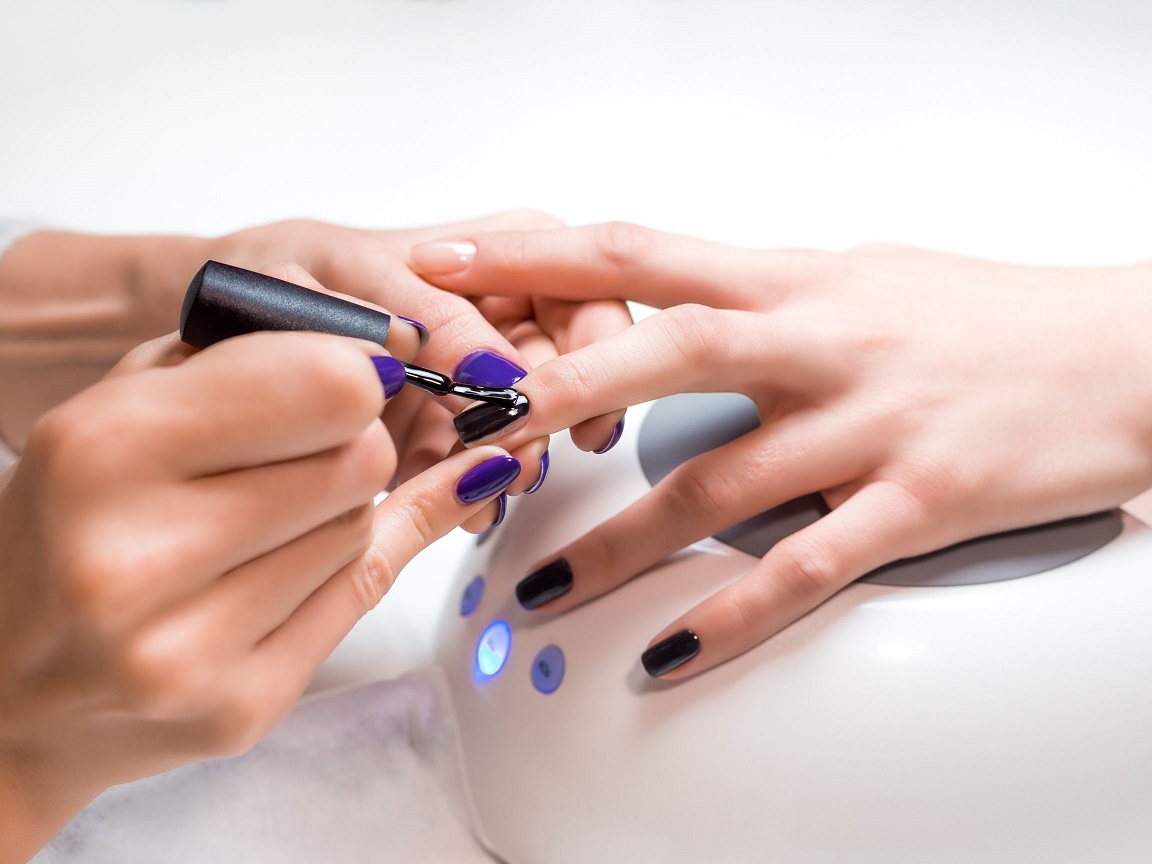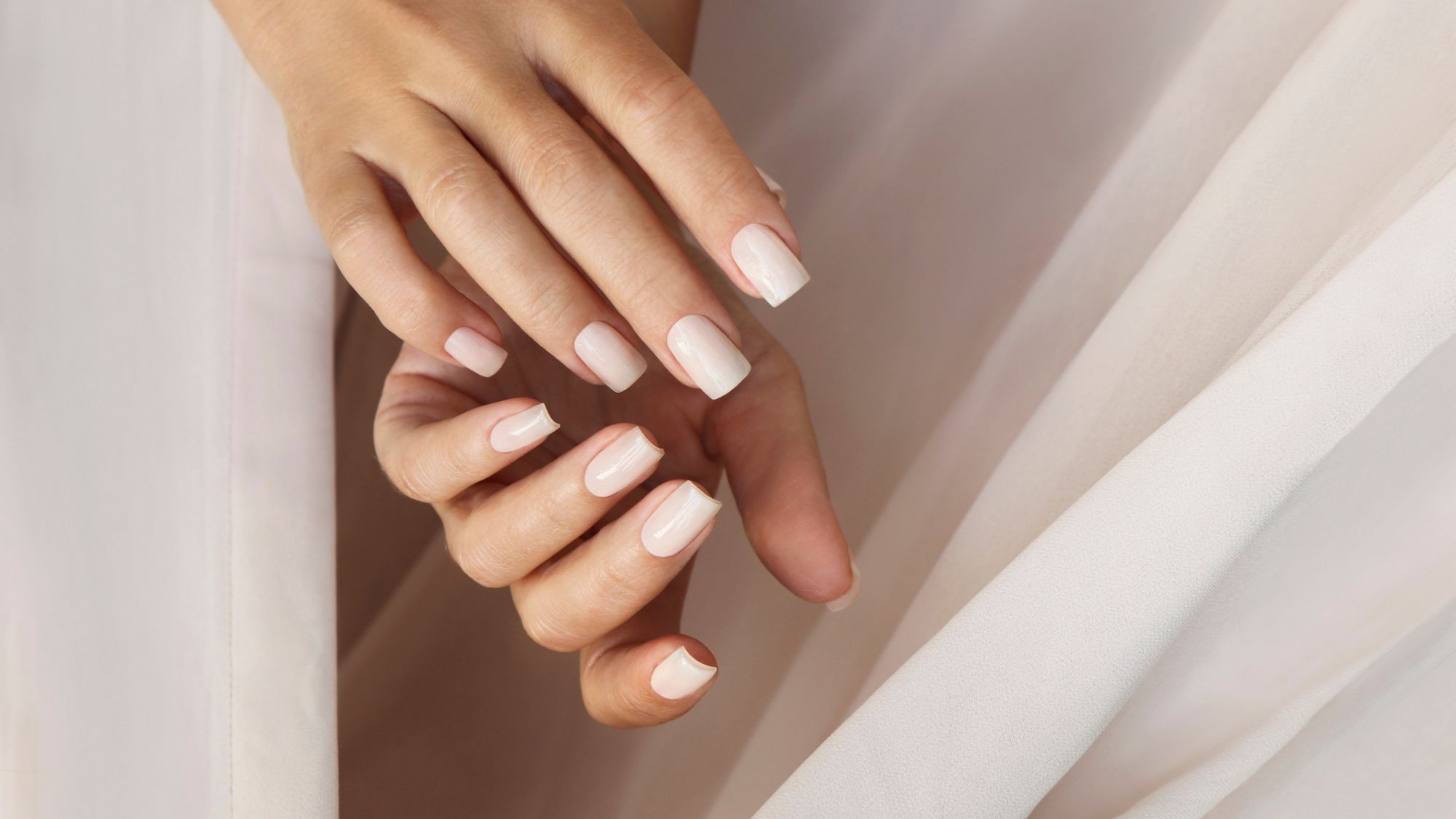Could Gel Nails Be Harmful to Your Skin? Unveiling the Potential Risks
Gel manicures have become a popular choice for their long-lasting, chip-resistant finish. However, amidst the undeniable allure, concerns regarding potential harm to the skin often surface. This article explores the potential risks associated with gel manicures and offers tips for minimizing them, allowing you to make informed decisions about this beauty trend.
Unveiling the Science Behind Gel Manicures: The Curing Process
Understanding the process behind gel manicures is crucial to evaluating potential skin risks. Here’s a breakdown of the key steps:
-
Application: Gel polish is applied in thin layers similar to traditional polish.
-
UV or LED Curing: Each layer is cured under a UV or LED lamp. This process uses ultraviolet light to activate chemicals in the polish, causing it to harden and bond with the nail plate.
-
Removal: Removal typically involves soaking the nails in acetone or using an electric file to remove the bulk of the polish, followed by further buffing and cleansing.
Remember: The curing process and removal techniques are the key aspects to consider when evaluating potential skin risks associated with gel manicures.
Potential Skin Concerns Linked to Gel Manicures
While generally safe for most people, gel manicures can pose some potential risks to the skin around your nails, especially with frequent use or improper technique. Here’s a closer look at the concerns:
-
Skin Irritation: Exposure to UV light during the curing process can cause irritation, redness, and burning, particularly for individuals with sensitive skin.
-
Allergic Reactions: Some gel polish formulas contain chemicals that can trigger allergic reactions in some people. These can manifest as redness, itching, swelling, or blistering around the nail area.
-
Premature Skin Aging: Frequent UV exposure from curing lamps, although minimal, can contribute to premature skin aging on the hands, similar to sun damage.
-
Disrupted Skin Barrier: Harsh removal techniques using acetone or electric files can damage the delicate skin around the nails, leading to dryness, cracking, and increased susceptibility to infection.
Remember: These potential risks highlight the importance of prioritizing safe practices and minimizing exposure to potential irritants during gel manicures.
Minimizing Skin Risks Associated with Gel Manicures: Safety First
If you choose to enjoy gel manicures, here are some tips to minimize potential skin risks and prioritize the health of your skin:
-
Choose a Reputable Salon: Opt for salons with experienced technicians who prioritize hygiene and use high-quality, reputable gel polish brands known for being less likely to cause irritation.
-
Prioritize Sun Protection: Apply sunscreen with SPF 30 or higher to the backs of your hands before your appointment to minimize UV exposure from the curing lamps.
-
Patch Test: Request a patch test before a full gel manicure, especially if you have sensitive skin. Apply a small amount of the polish to your inner forearm and wait 24 hours to monitor for any allergic reactions.
-
Moisturize Regularly: Regularly moisturize your hands and cuticles with a fragrance-free lotion to keep the skin hydrated and healthy, reducing the risk of dryness and irritation.
-
Communicate Allergies: Inform your technician about any allergies you might have to specific chemicals used in gel polishes.
-
Safe Removal is Key: Opt for professional removal by a skilled technician who uses gentle techniques to minimize damage to the surrounding skin. Avoid self-removal with harsh acetone or scraping.
-
Schedule Breaks: Allow your nails to breathe between gel manicures. Give your nails a break every few months to promote healthy nail growth and allow the skin around your nails to recover.
Remember: By following these safety tips and prioritizing gentle practices, you can significantly minimize potential skin risks associated with gel manicures and enjoy beautiful nails with confidence.
Beyond Skin Concerns: Additional Considerations for Gel Manicures
While skin health is paramount, other factors contribute to a positive gel manicure experience. Exploring these aspects allows you to make informed decisions:
-
Nail Health: The overall health of your nails plays a role. Brittle or damaged nails might be more susceptible to damage from gel manicures. Maintaining healthy nails through proper diet and care can minimize potential risks.
-
Cost vs. Value: Gel manicures typically cost more than traditional manicures. Weigh the cost against the extended wear time and potential risks to determine if it offers good value for you.
-
Lifestyle Compatibility: Consider your daily activities and lifestyle. If your profession involves frequent hand use or exposure to harsh chemicals, gel manicures might not be the best choice.
Remember: By considering these additional factors alongside potential skin risks and safety measures, you can make an informed decision about whether gel manicures are a healthy and enjoyable addition to your beauty routine.
